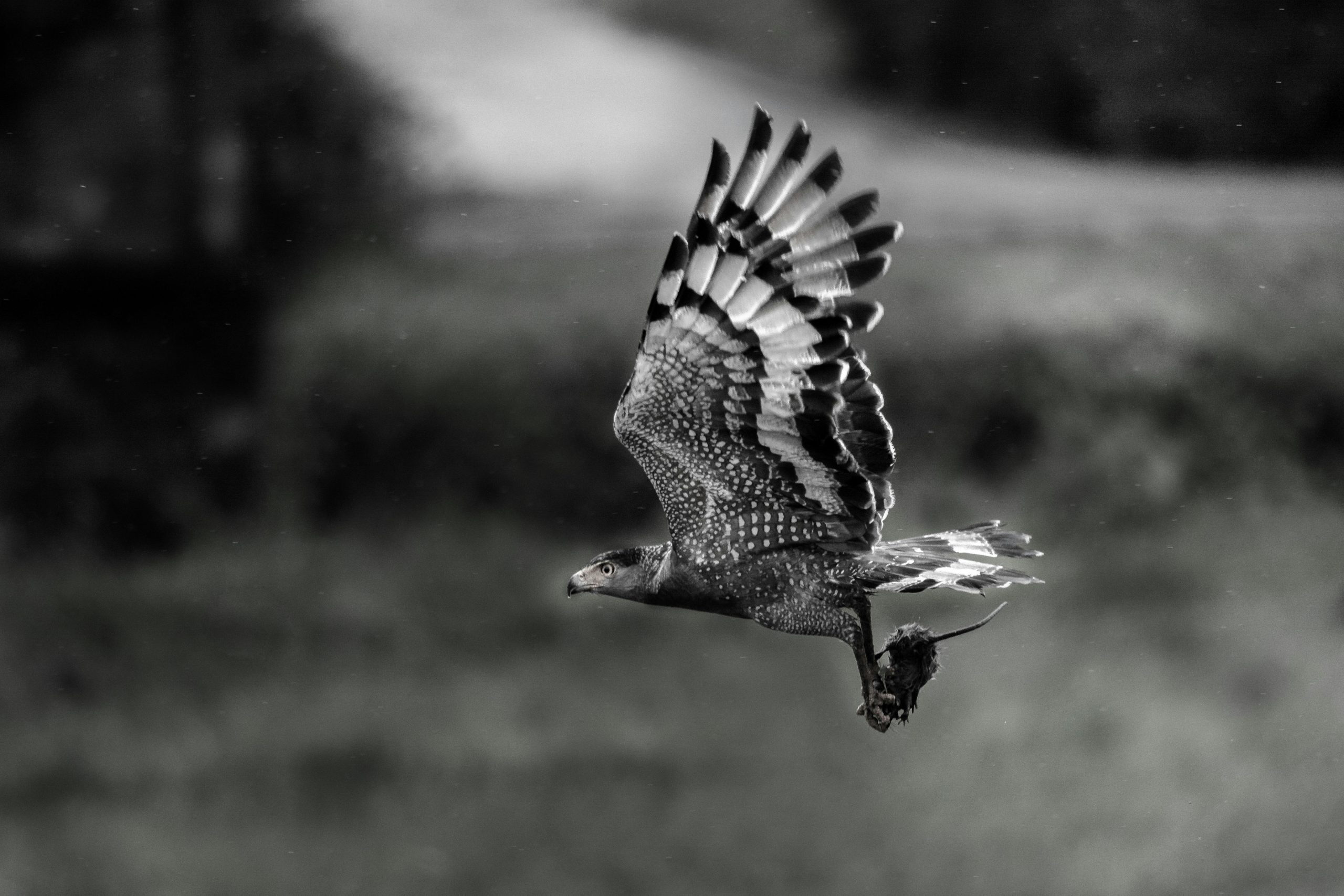Turbulence Survival Guide: What Pilots Won’t Tell You
If you’re a frequent flyer, chances are you’ve experienced turbulence on a flight. The sudden jolts and drops can be frightening to those with a fear of flying, or even those who are used to it. But have you ever wondered how pilots handle turbulence and keep the plane steady? While many air travelers may look to flight attendants for reassurance during bumpy rides, the real experts are the pilots. In this article, we’ll dive into the world of turbulence and reveal what pilots won’t tell you about surviving through it. So buckle up and read on for our turbulence survival guide. 
Understanding Turbulence
Before getting into how pilots handle turbulence, it’s important to understand what exactly turbulence is and what causes it. Turbulence is defined as a state of irregular airflow that can result in shaking, bouncing, or bumping of an aircraft during flight. It is typically caused by changes in air temperature and pressure, wind patterns, and terrain. While most turbulence is harmless and relatively short-lived, it can be a cause of concern for some passengers, especially when severe turbulence is encountered.
Types of Turbulence
There are three main types of turbulence that pilots encounter and must be prepared for – convective, wake, and clear air turbulence. Convective turbulence is the most common type, caused by rising and falling air currents in thunderstorms and unstable weather conditions. Wake turbulence, on the other hand, is created by the aircraft’s wings and can occur when flying too closely behind another plane. Lastly, clear air turbulence is the most challenging to predict and can occur unexpectedly without any visible signs or weather patterns.
How Pilots Prepare for Turbulence
As experienced professionals, pilots are trained to handle turbulence and maintain control of the aircraft at all times. Before takeoff, pilots carefully study weather patterns and reports to identify any potential turbulence along the flight route. They also communicate with other pilots and air traffic control to gather information and make necessary adjustments.
During turbulence, pilots rely on their extensive training, experience, and advanced technology to keep the aircraft in a stable position. They follow strict protocol and procedures to ensure the safety of all passengers and crew on board. Pilots also have access to real-time weather data and can make route changes or altitude adjustments to minimize the effects of turbulence.
Tips for Passengers
While pilots have the knowledge and skills to handle turbulence, it’s natural for passengers to feel anxious or uneasy during bumpy flights. However, there are a few things that you, as a passenger, can do to make the experience more bearable. Firstly, make sure to follow all safety instructions given by the flight crew, such as keeping your seatbelt fastened at all times. Secondly, try not to panic, as this can only make the situation more stressful. Finally, take deep breaths and find ways to distract yourself, such as listening to music or watching a movie.
Things Pilots Won’t Tell You
While turbulence can be frightening for passengers, it’s all in a day’s work for pilots. They have the skills and expertise to handle even the most severe turbulence and keep the plane flying safely. However, there are a few things that pilots won’t tell you, like the fact that turbulence is normal and is encountered regularly on most flights. They also won’t tell you that they experience turbulence on their own flights and that they trust their equipment and training to keep them and their passengers safe.
In Conclusion
While turbulence may cause some discomfort and anxiety for passengers, it’s a common occurrence and is nothing to be afraid of. By understanding what causes turbulence and how pilots handle it, you can feel more at ease on your next flight. Remember to follow all safety instructions and trust in the skills and experience of your pilot. So the next time you’re on a bumpy flight, sit back, relax, and enjoy the ride. After all, the captain has got it all under control.











